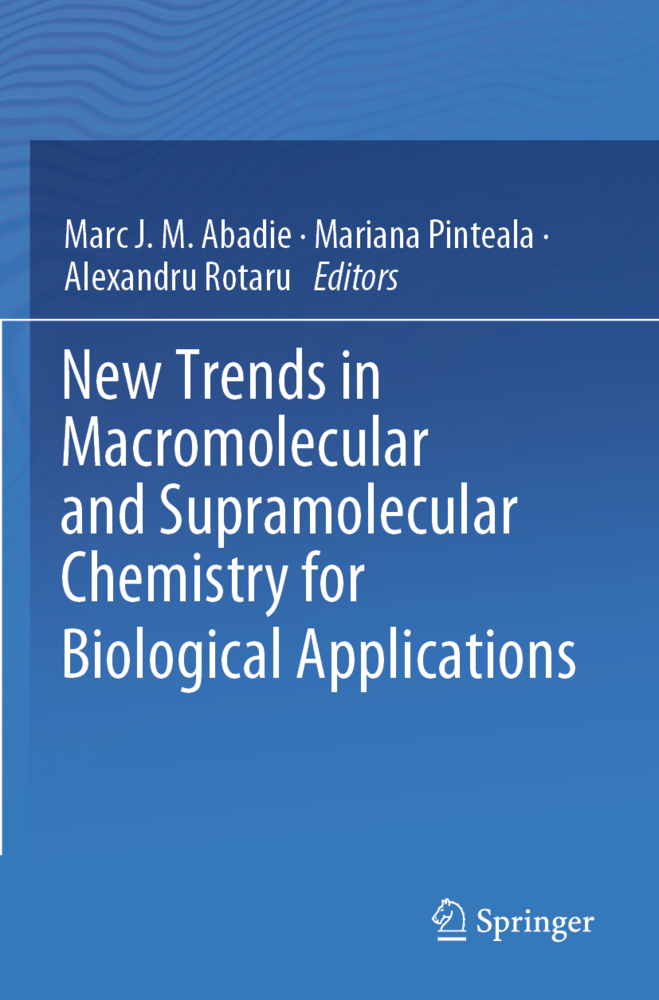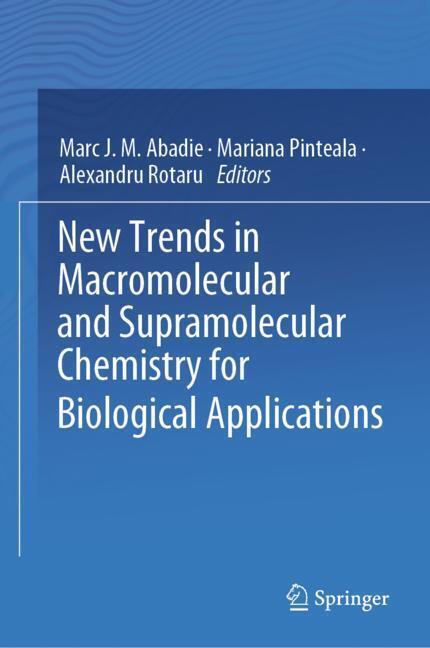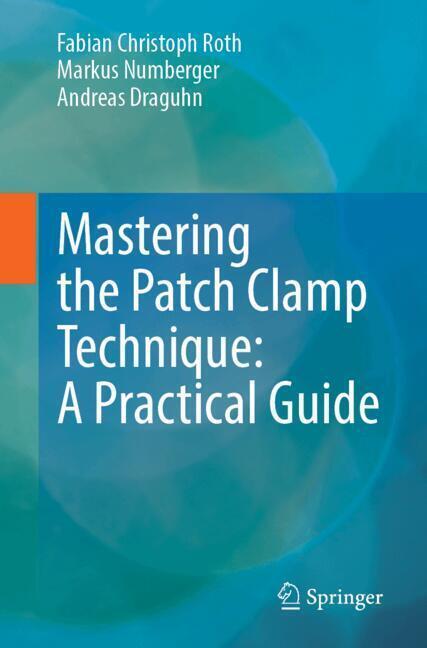New Trends in Macromolecular and Supramolecular Chemistry for Biological Applications
New Trends in Macromolecular and Supramolecular Chemistry for Biological Applications
This contributed volume applies the insights of supramolecular chemistry to biomedical applications such as ions/water transport through nano-scale channels, gene therapy, tissue engineering and drug delivery, to cite some of the major investigations.The challenge is to understand the mechanisms of transport through tissues particularly in the therapeutic treatment of a disease where the active drug must be delivered directly to diseased cells without affecting healthy cells. As a result, smaller quantities of active substances can be used to treat the disease. Another interest concerns new ways to administer gene therapy. If genes are often delivered to their target cells by adapted viruses, the supramolecular non-viral 'vectors' using dynamic nano-frameworks and nano-structures are presented. In addition, it is important to reconstruct damaged tissues by mimicking natural processes in cells and polymers, such as tissue engineering and self-healing. Differentoptions are here discussed: e.g. hydrogels based on chitosan, a carbohydrate polymer, are proving especially promising for tissue engineering and drug delivery. For controlled delivery of drugs or other biologically active compounds, hydrogels sensitive to the most important stimuli in the human body, such as temperature, pH, ionic strength, glucose and biomolecules released by the organism in pathological conditions have been developed. Finally, to assist and validate the experimental studies, computer modelling and simulations of large-sized molecular structures and systems using different molecular dynamics and quantum mechanical techniques are developed based on the experimental and chemistry synthesis.
This book is of great interest for graduate students, researchers and health professionals interested in acquiring a better understanding of the mechanisms of medical treatments. In addition, it provides numerous tools to develop better therapies for human diseases.
Metal-organic Framework-Polymer Mixed-Matrix Membranes
Insights into Adaptive Selforganized Supramolecular Structures from Molecular Modeling and Visualization
Self-Assembled Metallacages as Drug Delivery Systems: Design Concepts and Challenge
Functional Microporous Polymer Networks: Synthesis and Applications
A Story on Carbon Dioxide and its Hydration
Inverse Design and Hierarchical Multiscale Modelling of Biological Matter
DNA-Directed Self-assembly of Macromolecular Structures
Luminescent Complexes and their Assemblies : from Understanding to Artificial Virus
Tailor-Made Polymers and Nanoparticles for Applications in Nanomedicine
Squalene-based Nanomedicines : An Original and Efficient Approach for the Treatment of Neurological Disorders without Crossing the Blood-Brain Barrier
Biodegradable Nanoparticles for Specific Drug Transport
Multivalent rotaxanes designed as antibiofilm agents
Measuring Ionic Transport through Lipid Bilayers
Polymeric Carriers for Transporting Nucleic Acids - Contributions to the Field
Smart Polymeric Materials for Drug Delivery
Supramolecular Guanosine-quadruplex Hydrogels and Hydrogel Composites for Cell Growth Applications
Hydrogelation of Chitosan with Monoaldehydes towards Biomaterials with Tuned Properties
Inorganic Nanoarticles as Free Radical Scavengers
A Microbiological Epilogue - Nosocomial Infections
Molecular Dynamic Simulations and In Silico Analysis of Supramolecular Self-Assembled Structures
Validation of the Non Toxicity of Non Viral Genetic
Kinetics Transport of Ions/Water Through Nano-Scale Channels : Review And Update.
This book is of great interest for graduate students, researchers and health professionals interested in acquiring a better understanding of the mechanisms of medical treatments. In addition, it provides numerous tools to develop better therapies for human diseases.
Approaches Towards Synthetic Signal Transduction in Phospholipid Bilayers
Development of Novel Versatile Theranostic Platforms Based on Titanate Nanotubes: Towards Safe Nanocarriers for Biomedical ApplicationsMetal-organic Framework-Polymer Mixed-Matrix Membranes
Insights into Adaptive Selforganized Supramolecular Structures from Molecular Modeling and Visualization
Self-Assembled Metallacages as Drug Delivery Systems: Design Concepts and Challenge
Functional Microporous Polymer Networks: Synthesis and Applications
A Story on Carbon Dioxide and its Hydration
Inverse Design and Hierarchical Multiscale Modelling of Biological Matter
DNA-Directed Self-assembly of Macromolecular Structures
Luminescent Complexes and their Assemblies : from Understanding to Artificial Virus
Tailor-Made Polymers and Nanoparticles for Applications in Nanomedicine
Squalene-based Nanomedicines : An Original and Efficient Approach for the Treatment of Neurological Disorders without Crossing the Blood-Brain Barrier
Biodegradable Nanoparticles for Specific Drug Transport
Multivalent rotaxanes designed as antibiofilm agents
Measuring Ionic Transport through Lipid Bilayers
Polymeric Carriers for Transporting Nucleic Acids - Contributions to the Field
Smart Polymeric Materials for Drug Delivery
Supramolecular Guanosine-quadruplex Hydrogels and Hydrogel Composites for Cell Growth Applications
Hydrogelation of Chitosan with Monoaldehydes towards Biomaterials with Tuned Properties
Inorganic Nanoarticles as Free Radical Scavengers
A Microbiological Epilogue - Nosocomial Infections
Molecular Dynamic Simulations and In Silico Analysis of Supramolecular Self-Assembled Structures
Validation of the Non Toxicity of Non Viral Genetic
Kinetics Transport of Ions/Water Through Nano-Scale Channels : Review And Update.
J.M. Abadie, Marc
Pinteala, Mariana
Rotaru, Alexandru
| ISBN | 978-3-030-57458-1 |
|---|---|
| Artikelnummer | 9783030574581 |
| Medientyp | Buch |
| Copyrightjahr | 2022 |
| Verlag | Springer, Berlin |
| Umfang | XII, 371 Seiten |
| Abbildungen | XII, 371 p. 174 illus., 133 illus. in color. |
| Sprache | Englisch |






